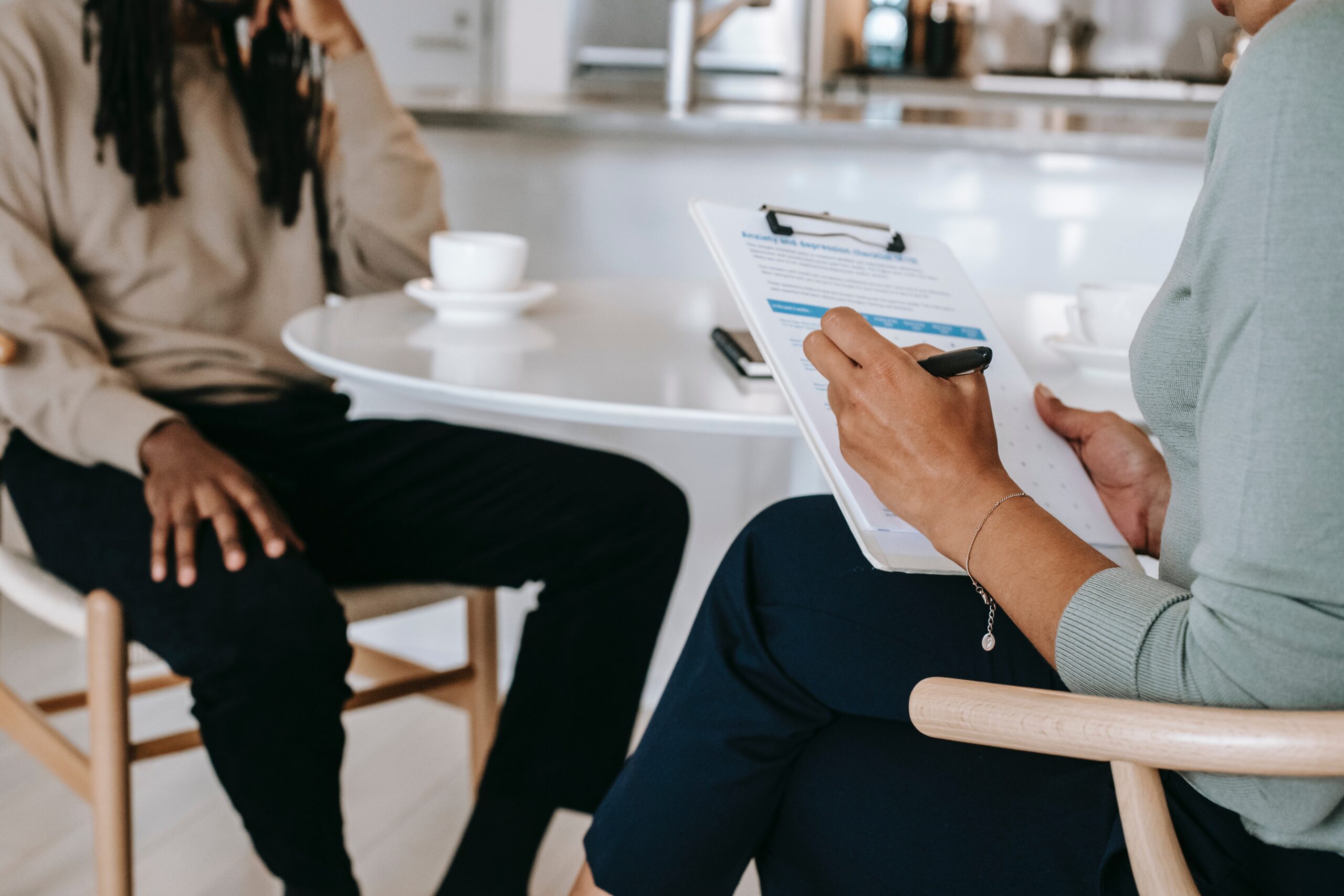Constellating
I was introduced to systemic work and constellations when I had a life question myself. One that I could not answer by going to regular therapy. I got the answers I needed by doing a constellation.
I was thoroughly impressed. Not only did constellation work bring me the insights I needed to move forward, it did so in a surprisingly simple and intuitive way.
Shortly after, I started to represent in other people’s constellations. But I wanted to know more. Which is why, over the course of multiple years, through education and extensive experience, I specialized in guiding constellations. And now I host constellations myself. It is truly humbling to be able to support other people’s processes and connect them with the knowledge they need to continue on their life’s path.


Technique
A constellation is a method based in systemic work. This means that the relations between people and events is centre-stage, not the individual. By zooming out, we enable participants to access information that is stored in the subconscious of the system. This will allow you to literally see the bigger picture. During a constellation, we work with whatever presents itself. It is believed that everything that needs to show itself, will show itself, at exactly the right time. This also means that it is impossible to hold a timer next to a constellation process. It is simply finished when it is finished. By embracing the systemic logic, we gain valuable insights that transcend our individual lives. Which allows us to take our place in the bigger scheme of things.
Process
Dutch only
Equinox Constellations
In addition to booking your own private constellation session, I also host open call constellation sessions twice a year. Both of which take place on the Equinox. This is the time of year that day and night have the exact same length. On the Northern hemisphere, this happens around the 20th of March (Spring Equinox) and the 22nd of September (Autumn Equinox).
Our calendar is not made to fit natural processes, so it differs per year on which date this phenomenon occurs. This is a perfect example of how we try to make circular time linear in this age. In the ancient world, it was common for people to come together on the Equinox, and celebrate this rite of passage.
Many peoples around the world still engage in social gatherings like this. In the West, however, this practice seems to have almost disappeared completely.
I am hosting the open call constellation days on the Equinox to reconnect with natural forces, and allow like-minded people to explore any systemic blockage they might have. So you can gain valuable insights while being in sync with the rhythm of our world.




